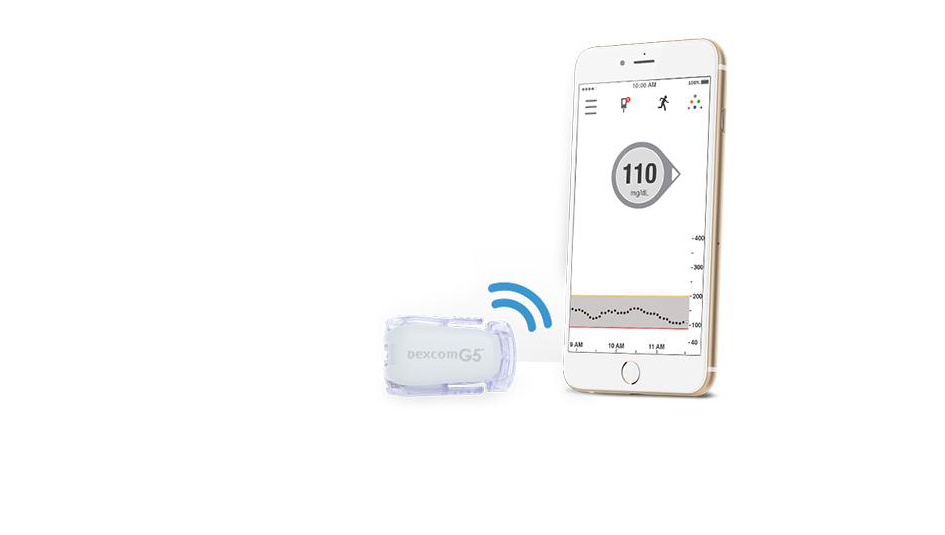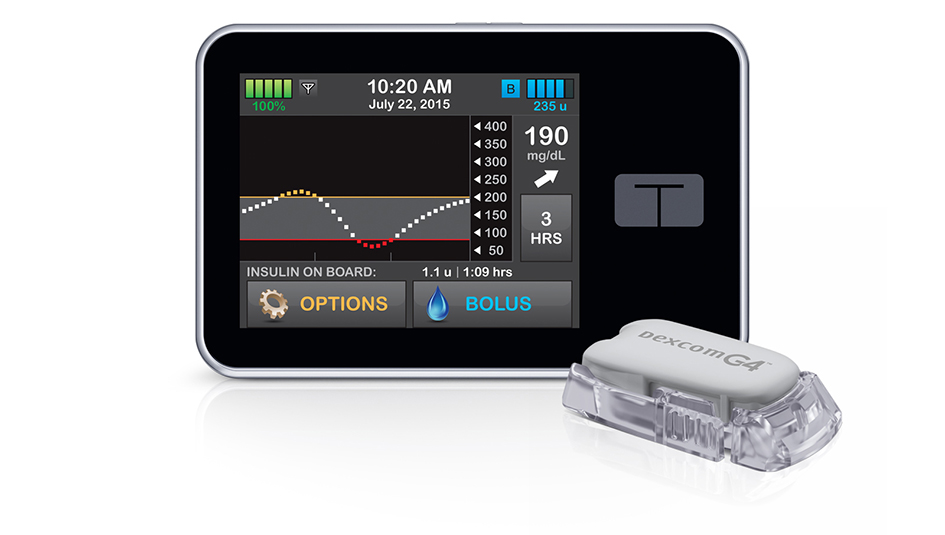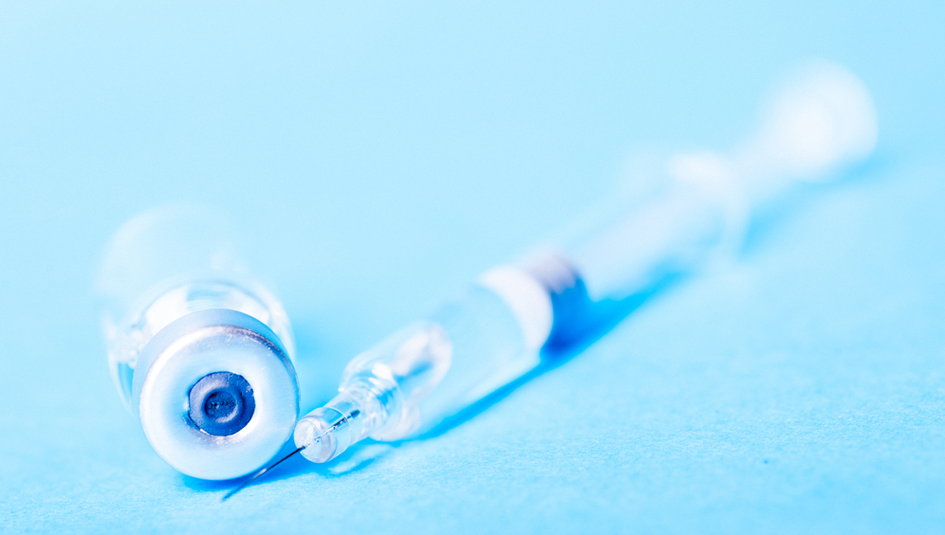FDA Panel Recommends Expanded Use of CGMs

On July 21st, an FDA Advisory Committee panel convened to consider an application by Dexcom to relabel the G5 continuous glucose monitor (CGM) as a device suitable for use in making treatment decisions. Later that afternoon, the Diabetes Patient Advocacy Coalition broke the news on its Facebook page that the committee had voted for that labeling change.
If the panel’s recommendations are adopted by the FDA, that would mean that Dexcom G5 users would not need to do a separate fingerstick with a meter to get a blood sugar reading for basal and bolus insulin dosing; they would, however, still need to do daily fingersticks to calibrate the device. European G5 users already are cleared to use the CGM in this manner; in January 2015, the European Medicine Agency, the EU counterpart to FDA, cleared the G5 for insulin dosing.
In practice, many G5 users probably already make treatment decisions based on the device’s readings, but the practice would receive official sanction from the FDA if the panel’s recommendations are accepted. This approval is seen as a key step towards integrating the G5 in an artificial pancreas or traditional pump system.
Specifically, the labeling committee voted on three ballot questions – that there has been demonstrated reasonable assurance that the Dexcom G5 Continuous Glucose Monitoring System is safe for the proposed indications of use (8-2 in favor); is effective for the proposed indications for use (9-1 in favor) and that benefits of the Dexcom G5 Continuous Glucose Monitoring System in this manner outweigh the risks associated with the proposed new indications for use (8-2 in favor).
Industry watchers believe, and many diabetes advocates hope, that today’s vote will add weight to arguments made that CGMs ought to be a covered item of durable medical equipment under Medicare health plans. Although 14 U.S. private health insurors offer coverage for purchase of CGMs and supplies, Medicare contract insurors are not required to offer the benefit. This means that Medicare rarely covers the cost of the device or supplies for the device.
FDA staff released a briefing document two days in advance of the advisory committee session summarizing results of Dexcom’s clinical trials of the G4 and G5 devices to test accuracy and reliability of the measuring technology in comparison to fingerstick testing. In the briefing paper, the FDA pointed out that continuous glucose monitoring of interstitial body fluid (fluid in the spaces between tissue) has the potential for greater accuracy than traditional fingerstick testing of capillary blood, and that there’s a substantial health benefit to capturing glucose trend data.
The briefing paper also noted, however, that CGMs can at times be less accurate with actual blood glucose measurements, particularly in pediatric use, due to the time lag between onset of a rapid swing in blood glucose levels and when that change is measurable in interstitial fluid.
The summary information in the FDA staff’s briefing paper reveals that Dexcom’s development process has involved a long series of studies to compare accuracy of CGM readings to fingerstick blood glucose readings, to test for alarm and display failure rates, to rewrite algorithms to refine accuracy and address false alarms, and to carry out simulations to predict likelihood of human error operating the devices or misapplying readings to make dosing decisions.
JDRF, diaTribe, and the Diabetes Patient Advocacy Council were prominent among organizations and patient groups which publicized their support of the broadening of regulatory clearance, and had submitted written testimony or appeared before the panel.
Thanks for reading this Insulin Nation article. Want more Type 1 news? Subscribe here.
Have Type 2 diabetes or know someone who does? Try Type 2 Nation, our sister publication.







